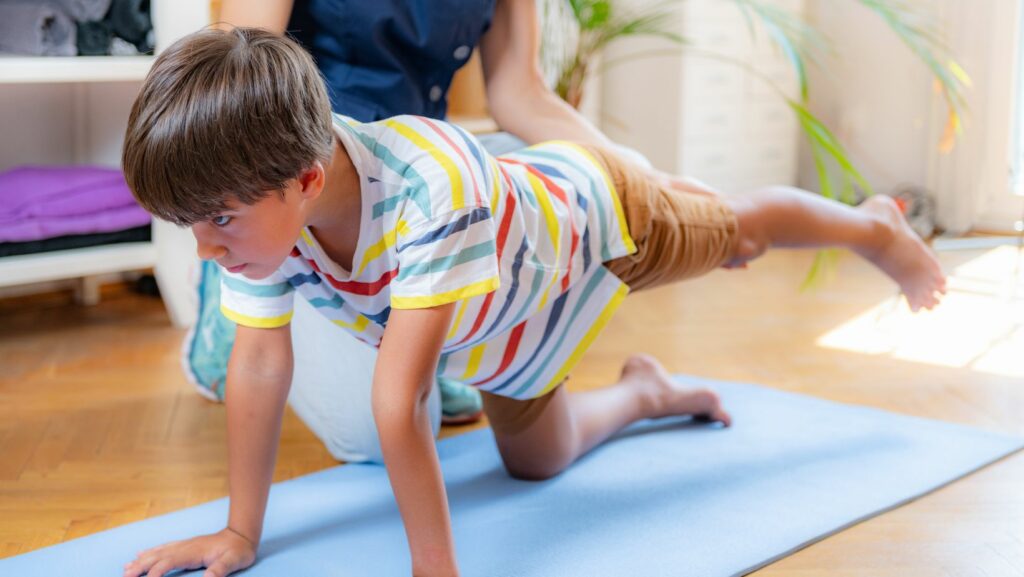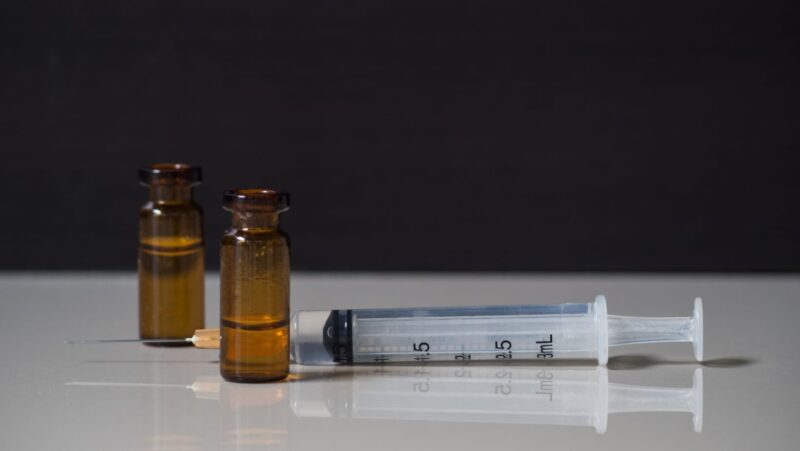
Engaging in play is essentially a child’s primary responsibility. They inherently enjoy maintaining a high level of activity. Infusing their daily lives with regular physical activity can be an enjoyable method for promoting health. By fostering an environment that encourages active play from an early age, we can potentially instill a routine that children will carry with them into adulthood.
Luckily, there are many benefits of regular exercise for children that can encourage them to lead an active lifestyle. By just encouraging your child to play outside or purchasing jungle playground equipment from Vuly Play, for example, you can help them become both happier and healthier.
The Joys and Advantages of Physical Activity for Kids
Every hop, skip, and jump that our little ones can contribute significantly to their overall well-being. Children have a natural predilection for being active, and this aspect of their youth can be harnessed to promote their health in multiple ways. Some of the delightful and health-boosting outcomes of physical activity experienced by kids include:
- Heart and Lungs that Sing: Regular physical exertion strengthens their heart and lungs, enhancing their stamina and cardiovascular fitness.
- Maintaining a Healthy Weight: Active play helps to keep their weight in check, promoting overall health.
- Posture Perfect: Activities that encourage movement and flexibility contribute to improved posture.
- The Gift of Good Sleep: Regular exercise can lead to better sleep patterns, something every parent will appreciate.
- Building Confidence: The sense of accomplishment that comes from physical activity can boost their self-esteem and confidence.
- Sharpening Focus: Regular exercise can improve concentration, aiding their academic performance.
- Relax, Refresh, Rejuvenate: Physical activity can help children relax and reduce stress levels.
- Bones of Steel, Muscles of Iron: Regular exercise promotes stronger bones and muscles, supporting their physical development.
- Balancing Act: Many physical activities help improve balance skills, aiding their overall physical coordination.
- Bend it like a Kid: Regular activities that include stretches can increase their flexibility, promoting physical agility.
- Social Butterfly: Participating in group activities provides plenty of opportunities to make new friends and enhance social skills.
So, let’s encourage our children to slide, swing, and climb their way toward better health.
Guideline for Kids’ Physical Activity in Australia
In accordance with Australia’s Physical Activity Suggestions for children aged 5 to 12, it’s imperative that youngsters engage in a minimum of 60 minutes of physical activity on a daily basis. However, the benefits can be multiplied by encouraging kids to participate in several hours of physical activities throughout the entire day. This time can be filled with a blend of activities ranging from moderate to vigorous in intensity.
Early Incorporation of Physical Activity in Your Child’s Life: The Start of Good Habits
It’s crucial to cultivate healthy habits at the dawn of your child’s life. Young children are innately energetic and active, so it’s beneficial to leverage their natural affinity for physical movement. Here are some suggestions to consider:
- Seize every opportunity to engage in physical activities that your child shows interest in. For instance, if they ask to play ball, join them.
- Teach your child fundamental sports skills such as ball handling, skipping, and jumping. Studies indicate that children lacking these skills may shy away from sports.
- Accompany them to the playground and assist them in using the equipment. Don’t be afraid to join in on the fun with the swings and slides — you’ll likely stick around longer if you’re having fun, too.
- Explore numerous sports through age-appropriate classes. Several activities have been modified for toddlers, including gymnastics, football, and dance.
- Incorporate physical activity into family outings. Make certain that some family events involve movement and exercise.
- Encourage your child’s participation in household physical chores like gardening, car washing, or cleaning.
- Opt to walk instead of using the car for short distances.
- Promote and support walking or cycling to school.
- Regularly roam around your neighborhood with your child. You can push babies and young children in strollers – as they get older, motivate them to walk part of the way.
Keeping Kids Active During the Chilly Months
Staying physically active comes naturally on bright, sunny days. However, during the colder part of the year, we’re more inclined to remain indoors. Despite this, it’s essential to ensure that children continue to get enough exercise during these chillier months. Here are some strategies to keep the physical activity going when the temperatures drop:
- Embrace the Elements: Dress warmly and brave the cold, wet days for outdoor adventures. Give your child the chance to experience familiar locations like the beach in a whole new season.
- Discover the Joy of Puddles: Splashing in puddles can be a lot of fun. Do your gumboots and raincoats, and enjoy some puddle-jumping with your child.
- Indoor Activities Abound: Plenty of activities can still take place indoors – swimming, trampolining, table tennis, and even indoor cricket. Check out the various options in your local area.
- Seasonal Sports: Certain sports, such as Australian Rules football, traditionally take place during the winter season. Encourage your child to participate in these sports to maintain their physical activity levels during colder months.














